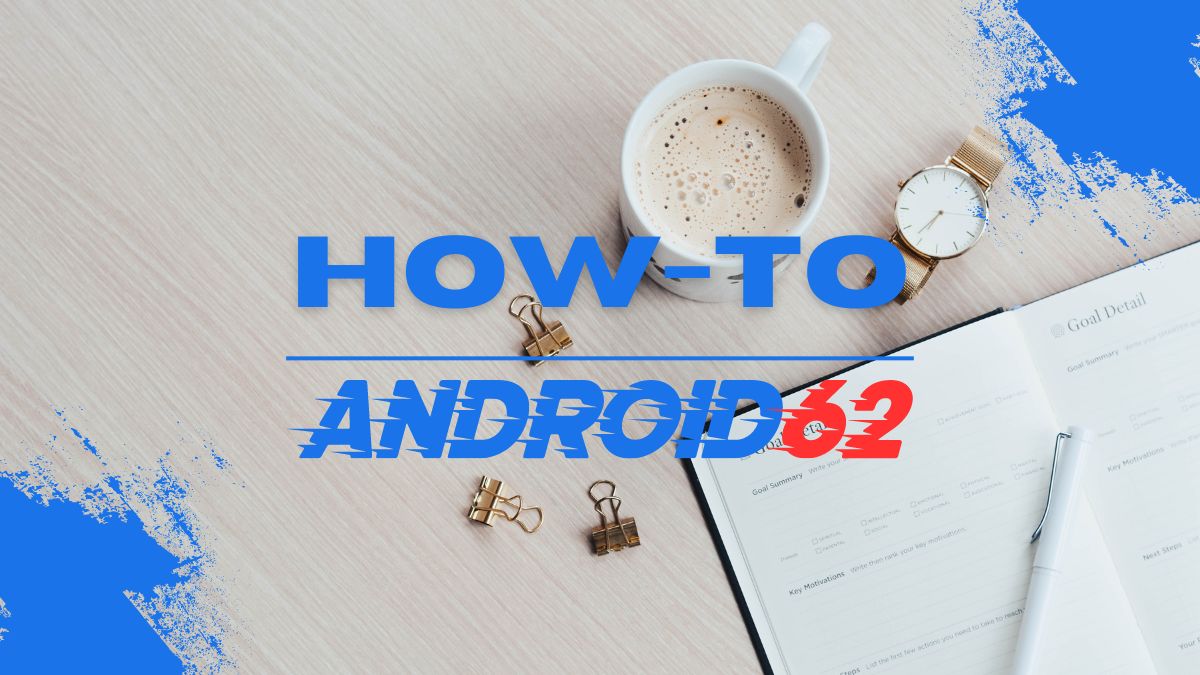
Introduction
Many gamers prefer using a PlayStation 4 (PS4) controller for gaming on their PC due to its comfortable design and layout. However, connecting a PS4 controller to a PC may seem challenging for some users. In this guide, we will walk you through the steps on how to connect a PS4 controller to your PC, whether you prefer wired or wireless connectivity.
Connecting PS4 Controller to PC via USB Cable
If you are looking to connect your PS4 controller to your PC using a USB cable, follow these steps:
- Step 1: Connect the PS4 controller to your PC using a USB cable. Make sure the USB end is plugged into your PC, and the other end is connected to your controller.
- Step 2: Wait for Windows to automatically install the necessary drivers for the controller. You may see a notification in the system tray once the installation is complete.
- Step 3: Once the drivers are installed, your controller should be ready to use. You can test it by opening a game or controller settings on your PC.
Connecting PS4 Controller to PC via Bluetooth
If you prefer a wireless connection, you can connect your PS4 controller to your PC via Bluetooth. Here’s how:
- Step 1: Make sure your PC has Bluetooth capability. If not, you can use a Bluetooth dongle to enable Bluetooth connectivity.
- Step 2: Press and hold the “Share” button and the “PS” button on your PS4 controller simultaneously until the light bar starts flashing.
- Step 3: On your PC, go to “Settings” > “Devices” > “Bluetooth & other devices” and click on “Add Bluetooth or other device.”
- Step 4: Select “Bluetooth” from the list of device types and wait for your PC to detect the PS4 controller.
- Step 5: Once the controller is detected, click on it to pair with your PC. The light bar on the controller should turn solid to indicate a successful connection.
- Step 6: Your PS4 controller is now connected to your PC via Bluetooth and ready to use wirelessly.
Using Third-Party Software for PS4 Controller on PC
If you encounter any issues connecting your PS4 controller to your PC or if you want to customize controller settings, you can use third-party software like DS4Windows or InputMapper. Here’s how:
- Step 1: Download and install DS4Windows or InputMapper on your PC.
- Step 2: Open the software and follow the on-screen instructions to set up your PS4 controller.
- Step 3: Once the setup is complete, you can customize button mappings, sensitivity settings, and other controller configurations to suit your preferences.
Compatibility with Games
Most modern games support PS4 controllers on PC, but there may be some exceptions. Before you start playing a game, it’s essential to check if the game natively supports PS4 controllers. You can usually find this information in the game’s settings or online forums.
Additional Tips and Troubleshooting
Here are some additional tips and troubleshooting steps to help you connect your PS4 controller to your PC:
- Update Drivers: Make sure your PC’s Bluetooth drivers are up to date to avoid connectivity issues.
- Charge Controller: If your wireless controller is not connecting, try charging it using a USB cable and then reconnecting it to your PC.
- Reset Controller: If you experience connection problems, try resetting your PS4 controller by pressing the small reset button on the back using a paperclip or similar tool.
- Test Connection: To ensure a stable connection, test your controller by playing a game or navigating through your PC to verify functionality.
Conclusion
Connecting your PS4 controller to your PC opens up a world of gaming possibilities with improved control and comfort. Whether you prefer wired or wireless connectivity, following the steps outlined in this guide will help you seamlessly connect your PS4 controller to your PC. With the right setup and troubleshooting tips, you can enjoy a seamless gaming experience on your PC using your favorite PS4 controller.



